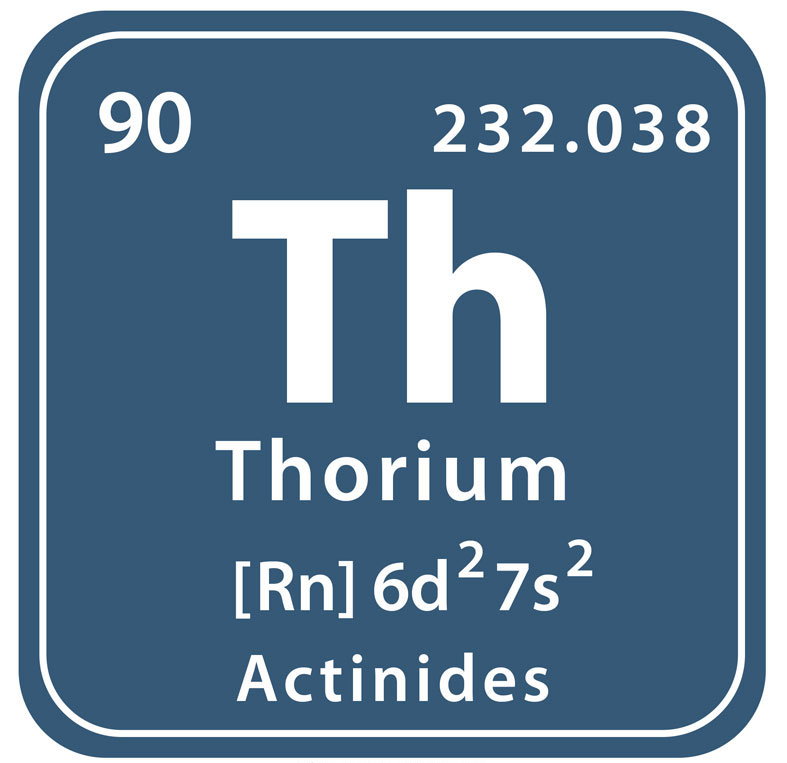Nuclear fusion ‘holy grail’ is not the answer to our energy prayers | nuclear power
You report on the alleged “breakthrough” on nuclear fusion, in which US researchers claim that break-even has been achieved (Breakthrough in nuclear fusion could mean ‘near-limitless energy’, 12 December). To go from break-even, where energy output is greater than total energy input, to a commercial nuclear fusion reactor could take at least 25 years. By then, the whole world could be powered by safe and clean renewable energy, primarily solar and wind.
The claim by the researchers that nuclear fusion is safe and clean is incorrect. Laser fusion, particularly as a component of a fission-fusion hybrid reactor, can produce neutrons that can be used to produce the nuclear explosive plutonium-239, uranium-235 and uranium-233. It could also produce tritium, a form of heavy hydrogen, which is used to boost the explosive power of a fission explosion, making fission bombs smaller and hence more suitable for use in missile warheads. This information is available in open research literature.
The US National Ignition Facility, which did the research, is part of the Lawrence Livermore National Laboratory, which has a history of involvement with nuclear weaponry.
Dr Mark Diesendorf
University of New South Wales
As someone who once wrote a critical report for the European parliament on fusion power back in the late 1980s, I hate to rain on Arthur Turrell’s splendid parade (The carbon-free energy of the future: this fusion breakthrough changes everything, 13 December).
It is indeed good news that the US National Ignition Facility has got a “net energy gain” of 1.1 MJ from an inertial confinement fusion device using lasers. In this regard, what is really valuable is that the community can now concentrate on this type of reactor, rather than other designs like the tokamak.
However, I am prepared to bet that a true fusion power station is unlikely to be running before my grandchildren turn 70. After all, it has taken 60-odd years and huge amounts of money to get this far.
Dr Chris Cragg
London
Arthur Turrell writes that achieving “net energy gain” has a psychological effect akin to a trumpet to the ear. Well, it might do to him but not to me. Yes, it’s a fantastic achievement for those scientists and engineers who have worked to achieve this proof on concept; well done them. But it will make not one jot of a positive difference to the challenges my children and grandchildren will face as a result of the climate crisis.
We only have years to achieve the changes that are necessary to avoid social catastrophe due to what’s happening to the biosphere, and that’s assuming it’s not already too late. Even the optimists understand that it will be decades before fusion power can contribute to the grid, regardless of this achievement.
Meanwhile the headlines that followed this result, Turrell’s psychological trumpet, simply serve to reassure and detract from the urgency of what needs to be done now.
Dick Willis
Bristol
It is great news that scientists have succeeded in getting more energy out of fusion than they put in. It brings to mind a quote from a past director of the Central Electricity Generating Board: “One day you may get more energy out of nuclear fusion than you put in, but you will never get more money out than you put in.”
Martin O’Donovan
Ashtead, Surrey
Have an opinion on anything you’ve read in the Guardian today? please e-mail us your letter and it will be considered for publication.



Comments are closed.